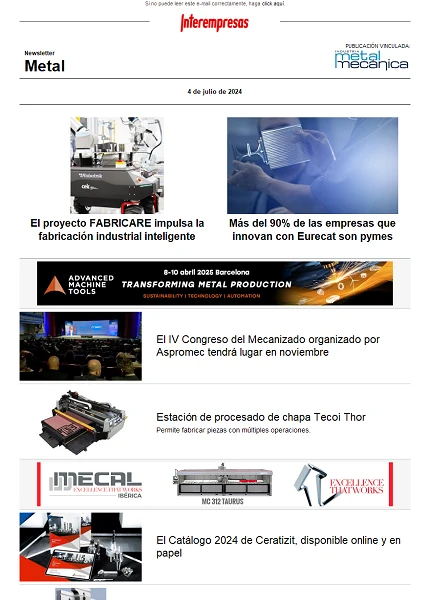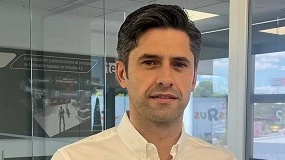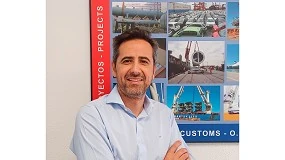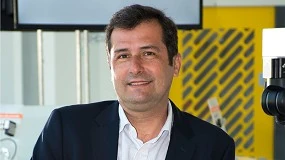Hydrogen as an energy option
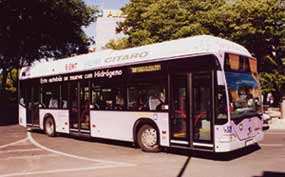
Linking the production of hydrogen from renewable sources is also an added value, both for the direct implementation of hydrogen as a clean fuel and for the storage of energy in the form of useful hydrogen, alternative latter of great interest to facilitate the integration of discontinuous sourcessuch as wind energy and hydraulics, in the electrical system.
The role of the idea in the development of the hydrogen
Therefore, all those initiatives that will combine efforts to promote the development of hydrogen as an alternative to energy, efficient and friendly diversification also from the perspective of environmental protection comes support for years.
The Spanish hydrogen Association
On projects for the application of the production and use of hydrogen technologies, the European project, Citycell, which provides for the implementation underway in various European cities of fleets of buses powered by fuel cells was launched during 2003. In addition, the Idae was currently considering the feasibility of other projects related to the production of hydrogen with renewable sources and applications of fuel cells in projects of trigeneration, both in the industrial sector as domestic.
This activity in the development of the hydrogen and fuel in Spain cells coincides, as already mentioned above, with a significant boost to international level of the programmes of support to innovation and technological development of hydrogen and its associated technologiesalong with the implementation of measures for the reinforcement of the political and institutional framework.
Applications of hydrogen
In the use of fuel cells for generating electricity and heat in the industrial and residential sectors, the reduction of emissions from traditional thermal technologies can be of the order of 30 per cent, in CO2 emissions, and a few two or three orders of magnitude in oxides of nitrogen and sulfur, carbon monoxide and particles, all of this using hydrogen derived from natural gas.
The Union of a high electric performance (up to 50 per cent) with the use of residual heat, translates into a lower fuel consumption for useful energy unit.
Since 2003, our country has with the first installation of trigeneration from a molten carbonates (MCFC) fuel cell fed with natural gas. The project has been developed by the company lift in Cartagena.
From the point of view of the potential application of hydrogen and the fuel cells in cogeneration/trigeneration (MCFC) molten carbonate and solid oxide (SOFC) technology have the undoubted advantage of its high operating temperature (> 600 ° C), so that the use of the heat generated in the electrochemical reaction allows subsequent applications in industrial sectors and services for heat generation (air conditioning, ACS, processes, etc.), with consequent increases of energy yields.
Also, says Juan Luis Plá de la Rosa, head of the Department of promotion great company the Idae, these technologies have a greater degree of tolerance with regard to the characteristics of fuel feeding, in a way that potential applications with waste gas (biogas)(, gas for synthesis, gasification of coal/biomass, etc.) they could improve the overall energy balances of these systems.
The hydrogen in public transport
Because of the undoubted advantages, both strategic as environmental, the use of hydrogen in transportation, and framing in the objectives set out in the Green Book on energy and transport, European Commission white paper strongly supported the development of projects of hydrogen cells in transport. In this sense, are are currently carrying out two very important initiatives, the Cute project and the project Citycell, which have been identified by the European Union as "strategic", as evidenced by the technical systems of transport without emissions or greenhouse feasibilitywhich it will result in a greater degree of rapprochement to the targets imposed by the Kyoto Protocol, and will improve the quality of life of the cities in Europe with regard to air quality and noise levels. Spain participates in two projects with a prominent role.
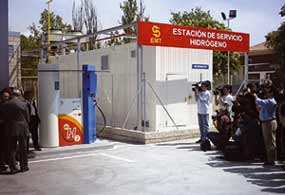
Cute project
Buses from the Cute project - developed by Evobus, subsidiary of the Group Daimler Benz - buses have a stack of hydrogen in proton exchange which provides an electrical power of 205 kW, which allows to enjoy levels of acceleration and behavior similar to a bus conventional diesel. The hydrogen is accumulated as a gas at 350 bar in nine cylinders of 205 litres located on the bus, so the capacity of the vehicle is not affected by the size of them. The buses have additional services such as air conditioning or power steering, which are also fed by the central electric motor.
The European Commission has funded the 35 per cent of the budget of the project, while the rest have made it partners (suppliers of buses and equipment) and transport operators.
The project of Barcelona, whose buses were delivered last September, has been carried out by the Transports Metropolitans de Barcelona (TMP) and BP companies. In the project has chosen to produce hydrogen through a process of electrolysis of water, with a notable contribution of renewable electricity. On the floor, fuel is stored in bottles in the station itself and it comes at high pressure to buses, through a pump connected to a compressor during the night.
In the project of Madrid - involving the Municipal company of transports in Madrid, Gas Natural, Repsol-YPF and Air Liquide - hydrogen is produced through a reformer of steam of methane, which is supplemented by supply of hydrogen from industrial plants.
Citycell project
The bus has been manufactured by the company Iveco (Iveco group), which also coordinates the project. The manufacturer has received the support of the Ministry of science and technology as part of the programme of building technological innovation (Profit). The project also involves the Madrid Institute for development of the community of Madrid and the Madrid transport company.
Hydrogen-producing and reponedoras stations
In Barcelona, a producer and supply station of hydrogen at the premises of TMB in the Zona Franca, where hydrogen is produced through electrolysis of water, has been built for which a large installation of photovoltaic solar energy that has been built on a marquee bring - initially - 5 per cent of the electricity, although BP - the supplier of the equipment - claims that the contribution might be 18 per cent of the electricity needs in the future.
The plant in Madrid, where buses from the Cute project and the project Citycell share supplier, is now completed and is currently operating. It has been built on the premises of the TMS, and has been developed by the Consortium "esH2", formed by Air Liquide Spain, Gas Natural SDG and Repsol YPF. The technology that has chosen to produce the hydrogen has been the reforming of natural gas, because it is a more economical and reliable medium-term process. The plant consists of 1100 square meters in which are located the plant of H2 production, a system of storage and a supplier of fast filling, allowing each bus to refuel in about fifteen minutes.
TMS has contributed 29 percent of the financing of the plant, 64 per cent comes from the esH2 Consortium, and the remaining 7 per cent funding the European Union.
The station of Madrid has been one of the first to operate in Europe, after the built in Munich Airport and which operates in Hamburg. In addition, it is the third worldwide that generates hydrogen for a reformer of small capacity installed in the station itself.
Prospects for the future
From the European Union deemed necessary for Europe to maintain leadership in hydrogen and other propulsion methods intended to reduce the dependence on oil. In particular, the Directorate-General for transport and energy, through the Green Paper on security of energy supply and the transport white paper, has shown a great interest in the development of alternative technologies to the use of fuels in the transport and has been established for the countries of the EU the objective of the alternative fuels in petrol and diesel fuels (among which include natural gas, biofuels and hydrogen) represent a 20 per cent of the energy used in transport in 2020.
The achievement of the ambitious objectives set for hydrogen is undoubtedly subject to the reduction of costs of technology - now much more expensive than conventional systems, but with a marked tendency to low - and the development of a network of associated infrastructure.






















